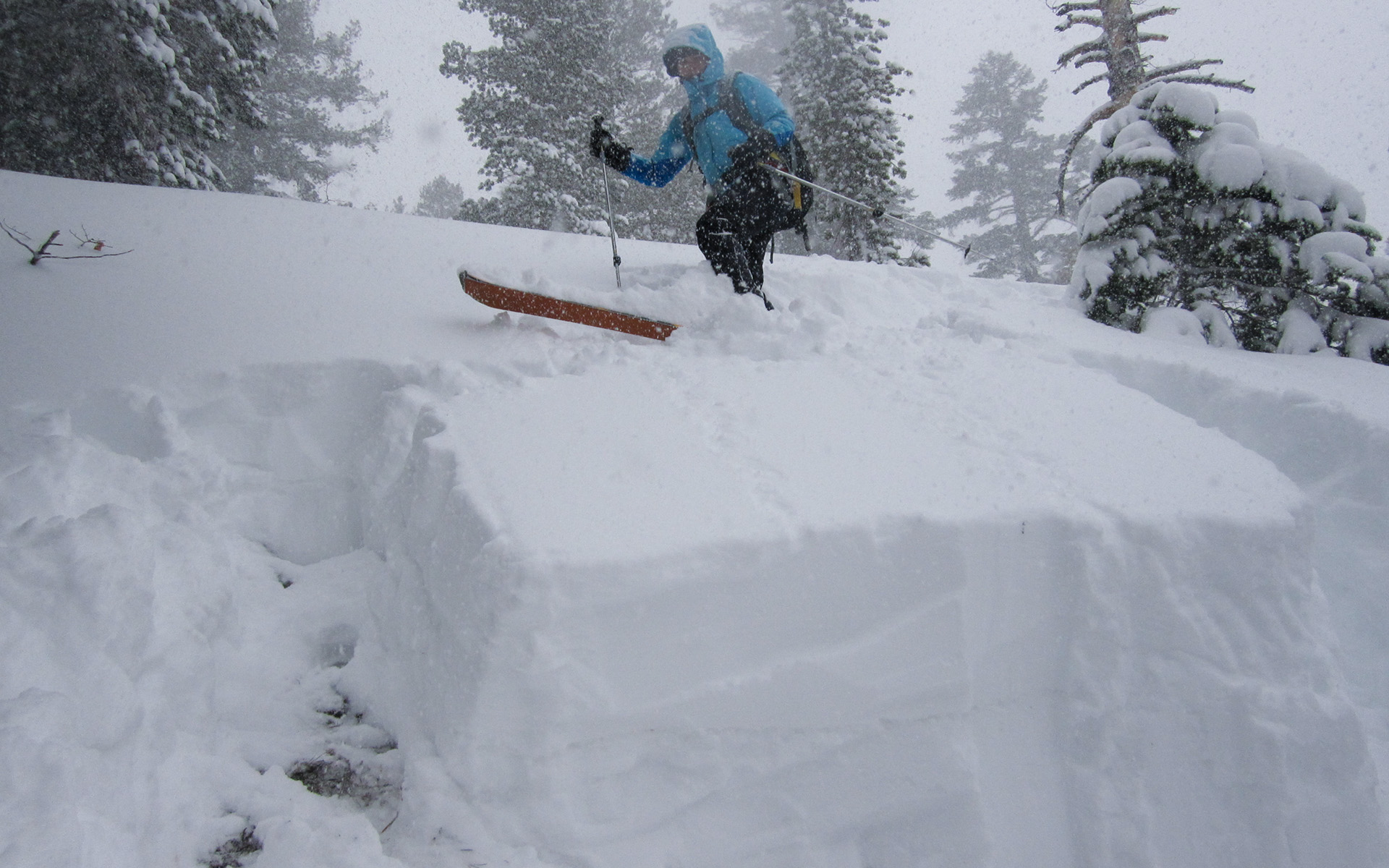The Life of Snow

When used for the purpose of declaring a complex midwinter snowpack "safe," snow pit assessment is a fool's game. Never bet your life on a pit result.
That said, learning how to assess the snowpack as a whole is a worthy endeavor—and in particular, I recommend learning how to identify what kind of snowpack you're dealing with.
Picture a snowflake.
In its brief journey from liquid to crystal and back again, your snowflake exists in a state of continuous change.
In stable environments, the "arms" (or legs?) of the snowflake decay and shorten over time, leading to a progressively more rounded grain. This process is called destructive metamorphosis.
Destructive (or "equi-temperature") metamorphosis can be understood as the natural progression of entropy. The snow crystals simplify, producing a more compact and stable snowpack.
As winter ends and temperatures rise, equi-temperature metamorphosis gives way to "melt-freeze" metamorphosis—regular cycles of melting and freezing which eventually result in the homogenous and predictable spring snowfields that make late-season skiing so delightful.
But there is another way snow can transform.
Bitter cold and dry environments produce large temperature gradients across the depth of the snowpack—especially if it is shallow. Under these conditions, snow crystals grow rather than decay.
This is called constructive metamorphosis.
Constructive (or "temperature-gradient") metamorphosis is what you'll find in the San Juans in January—layers of intricate crystals that grow like frost on your windshield. We use terms like surface hoar, depth hoar, faceted snow, and/or "TG" snow to describe these loose, sugary crystals.
Paired with strong surface wind, which literally rips the arms and leggies off those poor little snowflakes, constructive metamorphosis produces complex and treacherous snowpacks in which heavier and denser layers (wind slabs) often sit precariously balanced on lighter, weaker layers (hoar) below.
If you understand how these two opposing processes work, you're in a position to start asking questions. Before you begin your backcountry tours, ask yourself what the snow is doing. What kind of metamorphosis is happening? How is the snow evolving?
For a rule of thumb, the safety of spring snowpacks correlates positively with the quality of the skiing. If the skiing is good (ie, if the snow is not too mushy), the snow is likely stable.
Unfortunately, the opposite is true of midwinter snow: if the skiing is good, you're probably not.
Learning everything there is to know about snow science is not something I can teach you here. But hopefully I've given you enough of a taste to spark some curiosity.
At any level of experience, assessment of midwinter snow should be focused on disqualifying slopes by actively looking for signs of reactivity (weakness + interconnectedness). This of course includes watching for shooting cracks and listening for "whoomphing" sounds.
Savvy backcountry travelers use slope angle and terrain features to plan safe routes—not snowpack assessment.
Never bet your life on a snow pit.
Next: Everything Under the Sun
— December 10, 2023
Andy Lewicky is the author and creator of SierraDescents
Andy December 11, 2023 at 8:12 pm
Note that it's easy to assume "destructive" metamorphosis means the snowpack is destabilizing, which would be the opposite of the textbook definition. It might be better if we had different terminology (a simplifying snowpack? A compacting snowpack?), but the correct frame is:
destructive --> rounded grains --> stability
constructive --> facets --> instability
I initially got this wrong after misreading one of my reference books; I apologize for the confusion.
Dan Conger December 15, 2023 at 12:16 pm
When I was 18 years old and living near Mammoth, I didn’t know enough about conditions to read avalanche danger at all. On March 4th, 1995 at ~12:39pm, I was caught in a post-control avalanche on Dave’s Run at Mammoth. Now, I understand how the conditions were primed for the slide. Then, my foolish 18-year-old self was too hell-bent on leaping off a huge cornice to care.
I still have back problems from that experience at 46 years old. Wish I had known better, but such is hindsight.